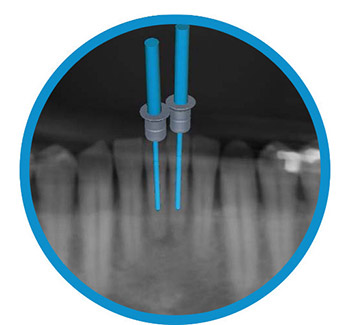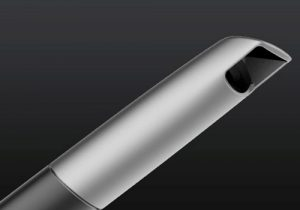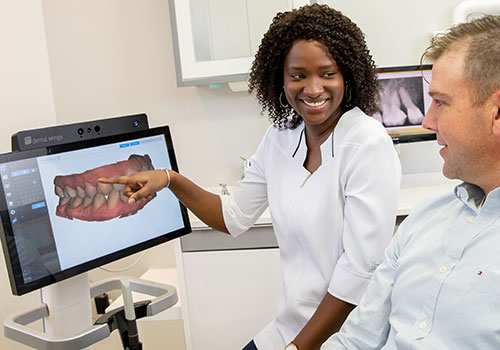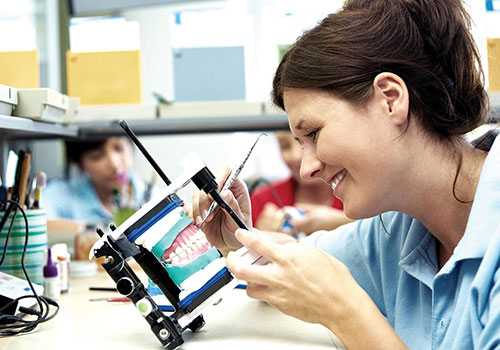Guided Endodontics with coDiagnostiX®

Dental Wings extends the functionality of its coDiagnostiX dental implant planning software
Dental Wings is extending the functionality of its dental implant planning software coDiagnostiX. In the future, new types of surgical guides will open up new applications outside traditional dental implant planning. One of these applications are endodontic guides which can be applied, for instance, for root canal treatment in obliterated teeth.
With traditional methods, localization of calcified root canals and access preparation turn out to be difficult, time-consuming and associated with additional risks. Dedicated surgical guides provide a means here to precisely transfer the position of the root canal, as determined on the computer, into the patient’s mouth.
Based on proven techniques
Guided endodontics is based on proven techniques and methods applied for computer-aided implant planning and guided implantology. Boasting 20 years of clinical use of coDiagnostiX, Dental Wings can benefit from extensive experience and profound knowledge in this field.
New design options will be seamlessly integrated in the existing surgical guide designer allowing users to both benefit from precise guide design in coDiagnostiX and follow an established design workflow with familiar processes and operating concepts.

Research projects at the University of Basel and the University of Würzburg
The new functionality, which is under development, has been implemented in several research projects and studies. Endodontic guides designed with coDiagnostiX were subject of an accuracy2 and a case study1 performed at the University of Basel and the University of Würzburg. The single case study1showed that (micro)guided endodontics is a safe method for treatment of teeth with distinct obliterations providing maximum protection for the tooth structure.
An accuracy study2 concludes: “Microguided endodontics provides an accurate, fast and operator-independent technique for the preparation of apically extended access cavities…” The mean of the absolute difference in this study measured between the planned and prepared access at the base of the bur were 0.12 mm (mesial-distal), 0.13 mm (buccal-oral) and 0.12 mm (apical-coronal). At the tip of the bur, the mean of the absolute difference measured was 0.14 mm (mesial-distal), 0.34 mm (buccal-oral) and 0.12 mm (apical-coronal).2
References:
1 Gabriel Krastl, Ralf Krug, Marc Zehnder, Roland Weiger, Sebastian Kühl, Thomas Connert. „Guided Endodontics“: Einführung eines neuen Therapieverfahrens für obliterierte Zähne mit apikaler Parodontitis. Endodontie 2016;25(2):207-211.
2 Thomas Connert, Dr med dent, Marc S. Zehnder, Dr med dent, Roland Weiger, Prof Dr. med dent, Sebastian Kühl, PD Dr med dent, and Gabriel Krastl, Prof Dr med dent. Microguided Endodontics: Accuracy of a Miniaturized Technique for Apically Extended Access Cavity Preparation in Anterior Teeth. Journal of Endodontics – 2017;43(5):787-790.
This accuracy study comprised 60 anterior teeth in 10 mandibular models.






